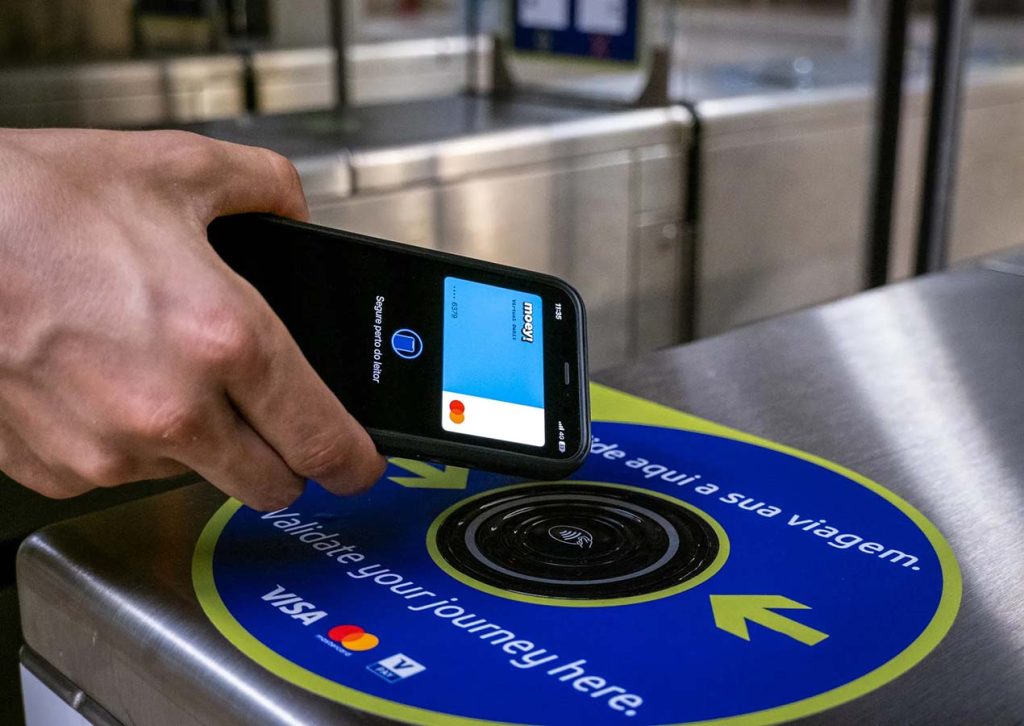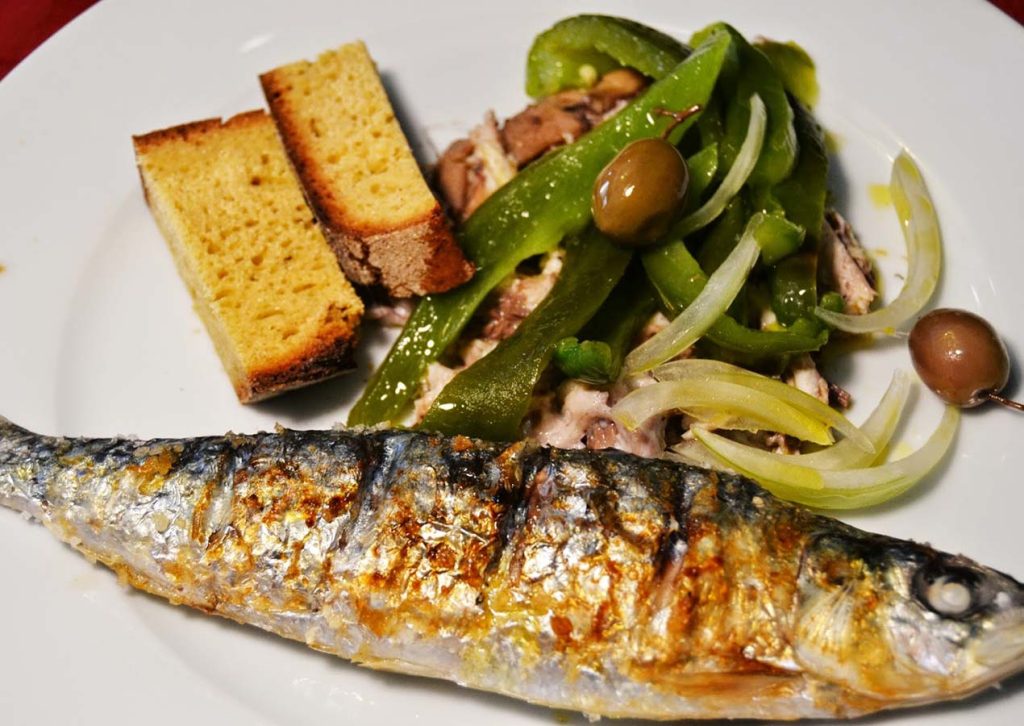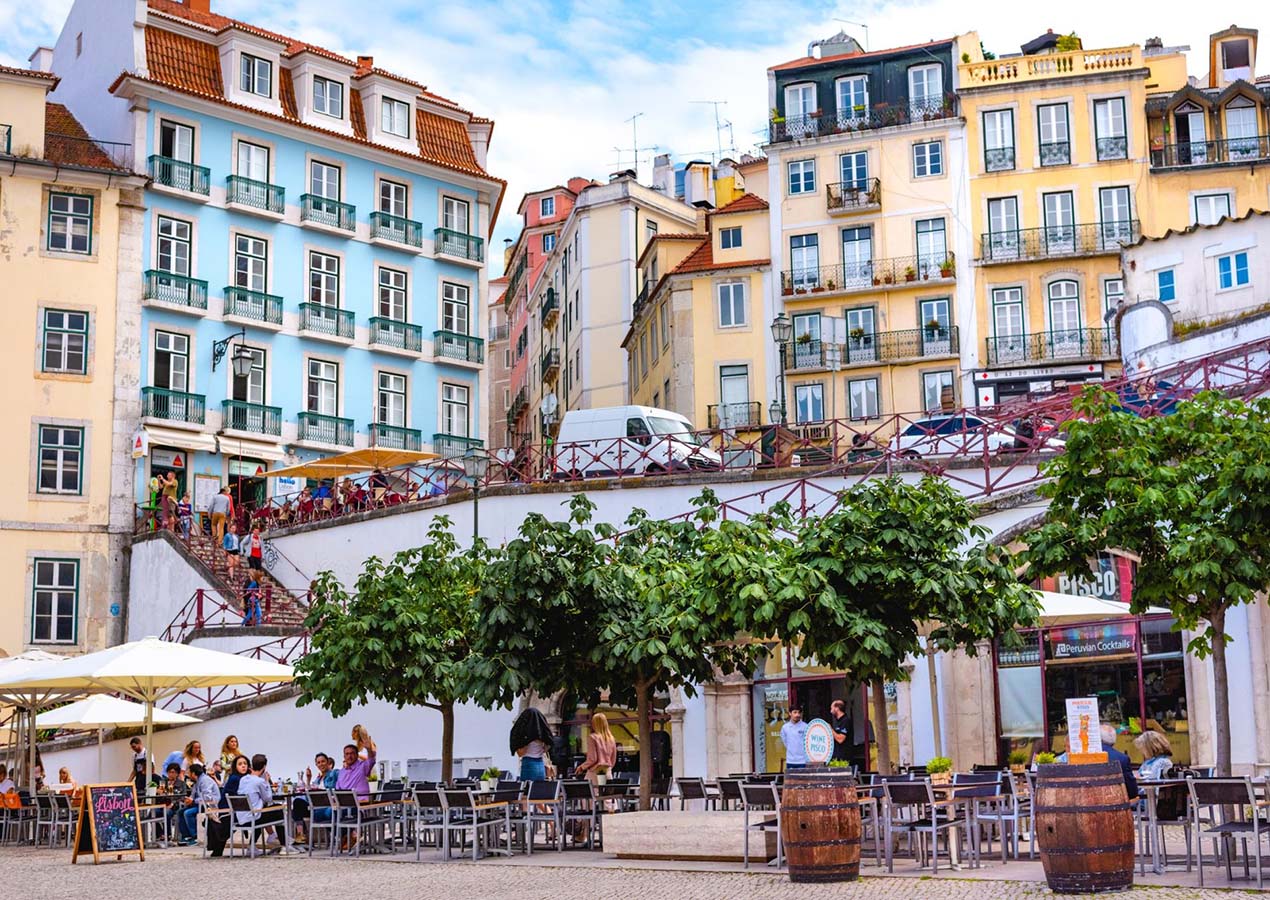Lisbon, the vibrant capital of Portugal, is a city steeped in history, culture, and charm. My recent trip to Lisbon was an unforgettable experience, full of delightful surprises and invaluable lessons. In this detailed guide, I’ll share everything you need to know for an amazing trip to Lisbon, including travel gear, local customs, and practical tips for making the most of your visit.
Travel Gear and Appropriate Attire
Travel Gear
When preparing for a trip to Lisbon, packing smart is essential. The city’s diverse landscape includes cobbled streets, hilly terrain, and beautiful waterfronts, so your gear should be versatile and comfortable.
- Comfortable Footwear: Lisbon is known for its steep hills and cobblestone streets. A pair of well-broken-in walking shoes or sturdy sandals with good arch support is crucial for exploring the city comfortably.
- Weather-Appropriate Clothing: Lisbon enjoys a Mediterranean climate with mild winters and hot summers. During the warmer months, lightweight and breathable clothing is essential. A hat, sunglasses, and sunscreen will help protect you from the sun. In cooler seasons, pack a light jacket or sweater as evenings can be chilly.
- Reusable Water Bottle: Staying hydrated is important, especially when walking around. Lisbon’s tap water is safe to drink, so carrying a reusable water bottle will keep you refreshed and reduce plastic waste.
- Adapter and Charger: Portugal uses the Type F plug, and the standard voltage is 230V with a frequency of 50Hz. Bring a suitable power adapter for your electronic devices.
- Daypack or Sling Bag: A small backpack or crossbody bag will be handy for carrying essentials like a map, camera, and any purchases.
Appropriate Attire
Lisbon is a cosmopolitan city with a relaxed attitude towards dress codes. However, being respectful of local customs is important.
- Casual Elegance: Lisbonites tend to dress smartly but casually. Light, stylish clothing that is comfortable for walking is ideal. In restaurants and cafes, especially in more upscale establishments, dressing slightly smarter can be a good idea.
- Respectful Attire for Religious Sites: When visiting churches and religious sites, dress modestly. It’s respectful to cover your shoulders and knees.
Currency Exchange
The currency in Lisbon is the Euro (€). Here’s how to handle currency exchange during your trip:
- ATMs: The easiest way to get Euros is through ATMs. They are widely available throughout the city, and you can use your credit or debit card to withdraw cash. Be aware of any fees your bank might charge for international withdrawals.
- Currency Exchange Offices: There are several currency exchange offices in Lisbon, particularly in tourist areas. They often offer competitive rates, but it’s wise to compare rates and fees before exchanging large amounts.
- Credit and Debit Cards: Most places in Lisbon accept major credit and debit cards. However, it’s always a good idea to carry some cash for smaller establishments or street vendors.

Obtaining a Local SIM Card
Staying connected is important, and obtaining a local SIM card can be a cost-effective way to manage your phone usage. Here’s how to get one:
- Airport Kiosks: You can purchase a SIM card at the airport upon arrival. There are kiosks for various providers, including MEO, Vodafone, and NOS.
- Mobile Carrier Stores: For better deals and more options, visit a mobile carrier’s store in the city. You’ll need to bring your passport or ID for registration.
- Prepaid Plans: Look for prepaid SIM cards with data packages that suit your needs. Many offer flexible options, and the staff at the stores can help you choose the best plan.
Local Etiquette and Cultural Insights
Lisbon is a city known for its warm hospitality and relaxed demeanor. Understanding and respecting local customs can enhance your experience.
Local Etiquette
- Greeting and Personal Space: A handshake is a common greeting, and in more informal settings, a kiss on both cheeks (starting with the right) is also customary. Lisbonites value personal space, so avoid standing too close to others in queues or public transport.
- Dining Etiquette: When dining out, it’s customary to leave a tip of around 5-10% of the bill if service is not included. In restaurants, waiters will often bring the bill to you; you can pay at the table or go to the register.
- Punctuality: While Lisbon has a relaxed pace, punctuality is appreciated, especially for business meetings or scheduled tours. For social gatherings, arriving a bit late is generally acceptable.
Experiences with Local Etiquette
During my visit, I encountered a few situations that highlighted the importance of local etiquette:
- Restaurant Etiquette: I once forgot to leave a tip in a small, family-run restaurant. The owner graciously reminded me, and I learned that tipping is appreciated, even in smaller establishments.
- Public Transport: On a crowded tram, I accidentally bumped into someone while trying to find a seat. A local gentleman kindly offered his seat and smiled, showing the city’s characteristic kindness.
Recommended Tourist Attractions
Lisbon is brimming with historical landmarks, cultural treasures, and scenic spots. Here are four must-visit attractions:
1. Belém Tower (Torre de Belém)
- Overview: This iconic 16th-century fortress, located on the banks of the Tagus River, is a UNESCO World Heritage Site. It was originally built to defend the city’s harbor and is a prime example of Manueline architecture.
- How to Get There: Take tram 15E or bus 728 from the city center to the Belém district. The tower is a short walk from the tram stop.
- Tips: Visit early in the morning to avoid long queues. Don’t miss the nearby Pastéis de Belém bakery for the famous custard tarts.
2. Jerónimos Monastery (Mosteiro dos Jerónimos)
- Overview: Another UNESCO World Heritage Site, this monastery is a masterpiece of Manueline architecture and houses the tomb of Vasco da Gama. The intricate stonework and historical significance make it a must-see.
- How to Get There: Located near Belém Tower, it’s accessible via tram 15E or bus 728. It’s a short walk from the tower.
- Tips: Purchase tickets in advance to skip the lines. The monastery is also close to the Maritime Museum and the Monument to the Discoveries.

3. Alfama District
- Overview: Alfama is one of Lisbon’s oldest neighborhoods, known for its narrow, winding streets and traditional Fado music. It offers a glimpse into the city’s historical and cultural heritage.
- How to Get There: Walk or take tram 28, which passes through this charming district. The tram ride itself is a popular attraction.
- Tips: Wear comfortable shoes for exploring the hilly streets. Visit a Fado club in the evening for an authentic musical experience.
4. Sintra
- Overview: A short train ride from Lisbon, Sintra is a picturesque town renowned for its palaces and lush landscapes. Highlights include the Pena Palace, Quinta da Regaleira, and the Moorish Castle.
- How to Get There: Take a train from Rossio Station in Lisbon to Sintra. The journey takes about 40 minutes.
- Tips: Spend a full day exploring Sintra. Wear layers and be prepared for varying weather conditions in the hills.
Popular Street Food and Safety Tips
Street Food Recommendations
- Pastéis de Nata: These famous Portuguese custard tarts are a must-try. The most famous place to get them is Pastéis de Belém, but you’ll find excellent versions throughout the city.
- Bacalhau à Brás: A traditional dish made with shredded cod, potatoes, and eggs, often served as a street food or in casual eateries.
- Sardinhas Assadas: Grilled sardines, especially popular during the summer festivals, are a delicious and quintessential Portuguese street food.

Street Food Safety Tips
- Choose Busy Stalls: Opt for vendors with high customer turnover, as this often indicates freshness and popularity.
- Check Cleanliness: Ensure that the food stall and its surroundings are clean. Avoid stalls with questionable hygiene practices.
- Observe Local Choices: If locals are frequenting a particular food stall, it’s usually a good sign of quality.
Planning Your Itinerary and Budget
Itinerary Planning
- Prioritize Must-See Attractions: Start with a list of top attractions and prioritize based on your interests. Allocate time for exploring neighborhoods, dining, and relaxation.
- Allocate Free Time: Leave room in your schedule for spontaneous activities and downtime. Lisbon’s charm often lies in wandering its streets and discovering hidden gems.
- Consider Day Trips: If time permits, plan a day trip to nearby destinations like Sintra or Cascais.
Budget Adjustments
- Dining: Lisbon offers a range of dining options, from affordable street food to upscale restaurants. Adjust your budget based on your dining preferences.
- Attractions: Many attractions have entrance fees. Consider purchasing a Lisbon Card, which offers discounted entry to various attractions and includes public transport.
- Souvenirs: Set aside a budget for souvenirs, such as local crafts, ceramics, and wine.
Travel Insurance
- Coverage: Ensure your travel insurance covers health emergencies, trip cancellations, and lost belongings. Lisbon is generally safe, but it’s always wise to be prepared.
- Provider: Choose a reputable insurance provider with good reviews and customer support. Consider options with 24/7 assistance for peace of mind.
Lisbon is a city that captivates with its blend of history, culture, and modern charm. From exploring its historic sites and enjoying delectable street food to understanding local etiquette and planning your itinerary, this vibrant city offers a rich and rewarding experience. By preparing adequately, respecting local customs, and embracing the city’s many offerings, you’ll create unforgettable memories in Lisbon.




